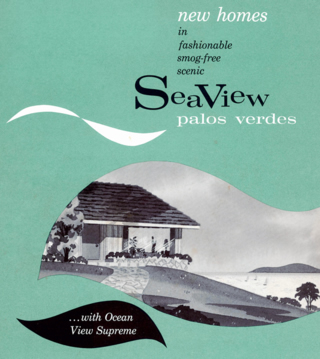Distinguished at Every Curve - Page 5
Williams was a civil rights activist, Hudson said, but “more through financial backing than walking a picket line.” He was a life member of the NAACP, and co-founder of a bank founded to provide mortgages in redlined black neighborhoods.
Williams also served as a model for two generations of minority architects, mentoring and befriending many. “In the African-American community, almost nobody came up to his level of achievement and accomplishment. He didn't have to hire us,” Johnson said, referring to himself and Max Bond. “There was nothing in it for him. He wanted to help us develop in the profession.”
 |
|
|
Williams remained a believer in individual effort to combat prejudice and achieve success. “We move forward singly,” he wrote, “not as a race.”
Singly is certainly how Paul Revere Williams moved forward. His parents died young, and he was raised by a family from their Los Angeles church. His foster father was a janitor. For a time, Paul was the only black child in his elementary school class.
Williams studied at the Los Angeles School of Art and—via mail—at the Beaux-Arts Institute of Design. He studied engineering at the University of Southern California but didn't graduate.
Meanwhile, he earned cash manufacturing furniture and pocket watch fobs, employing five or so workers. He worked for a series of white architects, several of them prominent, and one of whom, Reginald Johnson, became a mentor.
“The first thing he put me on,” Williams told the Los Angeles Times in 1970, “was a $100,000 home in Santa Barbara. I had never been in a house that cost more than $10,000. I couldn't imagine how a person could spend that much money. I soon found out.”
Photos: David Toerge, Adrian Anz, Dave Weinstein, David Horan (courtesy 2010 Paul Revere Williams Project, Art Museum, University of Memphis), Julius Shulman (courtesy Julius Shulman Photography Archive, Research Library, Getty Research Institute), Maynard L. Parker (permission of Huntington Library, San Marino, CA); and courtesy A. Quincy Jones Papers (Department of Special Collections, Charles E. Young Research Library), Karen E. Hudson, Mark Morgan, Tori Barnao of The Agency
Glamour for the Masses
SeaView Palos Verdes shows what Williams could do with a tract
 |
To his fans, greater Los Angeles is a Paul R. Williams museum. In general, a Williams tour will take in places like Holmby Hills, Hancock Park, or Lafayette Park—places known for fine, individually designed homes. Williams is not known for tract homes.
Yet it is with tracts that he made an early mark—designing a group of Period Revival homes in Flintridge from 1928 to 1930. And during his 50-plus-year career, Williams designed several other neighborhoods, ranging from public housing to a development of 155 homes built in Las Vegas in the early 1950s for working-class blacks.
So why is it that his largest and most modern neighborhood tract, SeaView Palos Verdes, in Rancho Palos Verdes, about 190 three- and four-bedroom homes designed by Williams in the late 1950s, remains so little known?
Many people who live there don't even know it was designed by one of Los Angeles' greatest architects.
But when SeaView was built, its developer boasted about Williams, “that architect of architects, the eminent Paul R. Williams…designer of homes for Frank Sinatra, Cary Grant, Julie London, Danny Thomas, and many top executives.”
If resident Mark Morgan has his way, though, SeaView will regain its fame as a Williams neighborhood by receiving historic-district status.
“The great thing about Paul Williams' modern homes in SeaView Palos Verdes is that he brought the glamour of his designs for Hollywood stars to the affordability of the middle class,” Morgan says.
SeaView, which occupies one of the loveliest spots in greater Los Angeles, is mostly smog-free, thanks to ocean breezes, a mountainside that separates it from urban sprawl, and what the old sales brochures called an “ocean view supreme.”




